LNR Airdrop Qualification Checker
Check Your Eligibility
Determine if you would have qualified for the historic Lunar (LNR) NFT giveaway based on the original requirements.
Back in early 2022, the Lunar (LNR) project ran a rare kind of airdrop-not one that handed out tokens, but LNR NFTs. Just 140 of them. No more, no less. If you missed it, you missed out. There’s no second chance. No reissue. No claiming later. This wasn’t a mass distribution. It was a curated, limited-run collector’s event, hosted on CoinMarketCap and tied directly to Lunar’s early community-building push.
What Was the LNR Airdrop?
The LNR Giveaway wasn’t about giving away free cryptocurrency. It was about giving away 140 unique NFTs. Each NFT was a digital collectible tied to the Lunar ecosystem, likely meant to serve as a membership pass, a status symbol, or maybe even a future utility key inside their platform. Unlike most airdrops that send thousands of tokens to anyone who signs up, this one was strict: 140 winners, one NFT each. That scarcity was intentional. It turned participation into a competition, not a chore.How to Enter the LNR Airdrop
Getting in wasn’t hard, but it required three specific actions-all done manually, no bots allowed.- Retweet the official Lunar tweet-the one posted on December 23, 2021, at @lnrdefi. You had to retweet it exactly as-is, with no edits. No quote tweets. No screenshots. The system tracked the original tweet link.
- Tag three friends in your retweet. This wasn’t just for visibility-it was a viral growth engine. Lunar wanted new people to find them through their existing followers.
- Join the Lunar Telegram group at t.me/lnrdefi. You had to be an active member, not just a lurker. The team monitored activity to filter out fake accounts.
After those steps, you had to fill out the official application form on CoinMarketCap’s LNR page. That’s where you entered your BSC wallet address. No Ethereum. No Solana. No MetaMask on Ethereum. Only Binance Smart Chain (now called BNB Chain) wallets were accepted. If your wallet didn’t support BSC, you didn’t qualify.
Why BSC Wallets Only?
Lunar was built on Binance Smart Chain. That meant lower fees, faster transactions, and easier access for new users coming from centralized exchanges like Binance. The team didn’t want to deal with Ethereum gas spikes or complex cross-chain bridges. Keeping everything on BSC simplified everything: from NFT minting to future staking, from community rewards to marketplace sales. It also meant participants needed to already be familiar with BSC wallets like Trust Wallet, MetaMask (BSC mode), or Coin98. If you didn’t have one, you had to set it up before applying.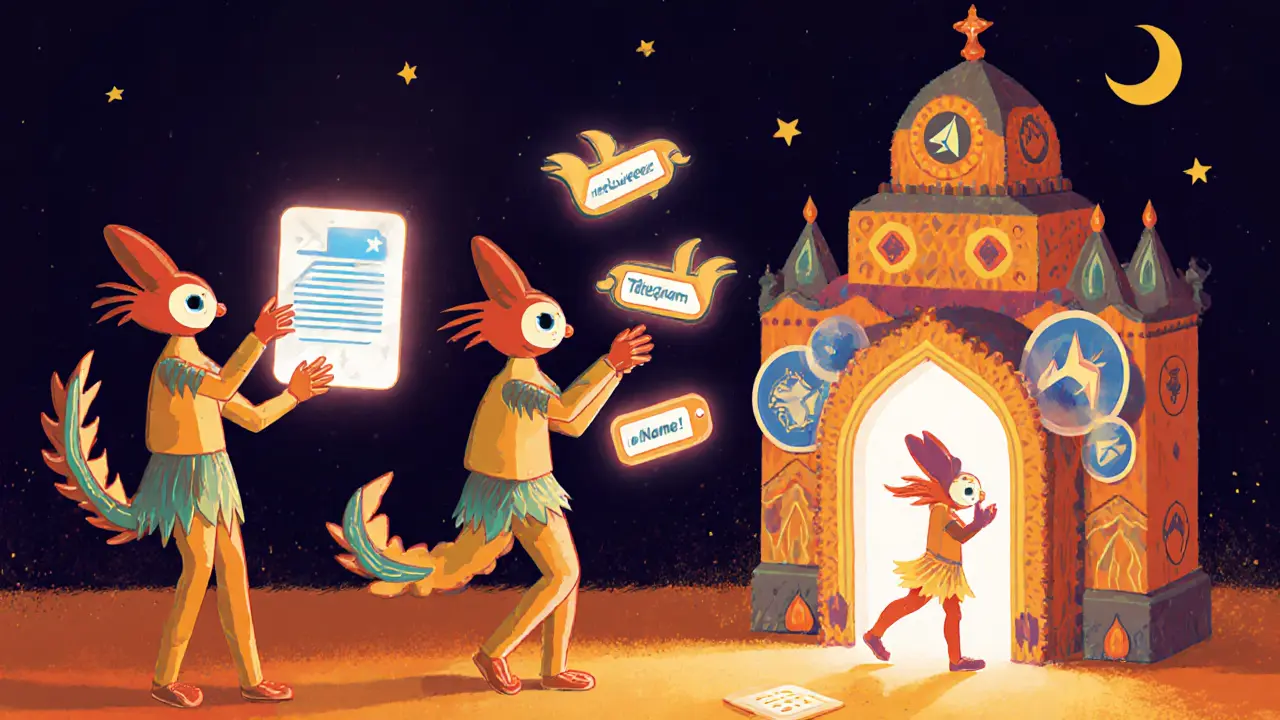
Who Ran the Airdrop?
CoinMarketCap hosted the form and promoted the campaign, but they didn’t pick winners or send out NFTs. That was all Lunar. The team manually reviewed each application. They checked for fake accounts, bot retweets, duplicate wallet addresses, and inactive Telegram members. If your profile looked suspicious-or if you used the same wallet for multiple entries-you got disqualified. No appeals. No second chances.What Did the NFTs Do?
No one ever published official details about NFT utility. There was no roadmap. No whitepaper section on NFT use cases. But based on what other projects did at the time, the NFTs likely served one or more of these purposes:- Early-access pass to future Lunar features
- Exclusive voting rights in governance
- Discounts on Lunar’s DeFi platform
- Collectible value-like a digital badge for being an early supporter
Some winners sold their NFTs on secondary markets like OpenSea. Prices ranged from 0.1 to 0.5 BNB, depending on demand. Others held them as trophies. Either way, the NFTs became a real asset-not just a promotional gimmick.
Why This Airdrop Was Different
Most airdrops in 2021-2022 were token drops: 100 tokens here, 500 there. Easy to mass-distribute. Low cost. Low perceived value. Lunar flipped that. They chose NFTs because they wanted to build a tight-knit, high-engagement community-not a sea of anonymous wallet addresses. The 140 NFT limit meant each winner was special. It created a sense of exclusivity. It turned participants into ambassadors. And it made Lunar stand out in a crowded space full of token spam.Also, using CoinMarketCap gave them instant credibility. If you saw this airdrop on CoinMarketCap, you trusted it more than a random tweet from a Telegram group. That’s why it got so much attention-even though it was small.
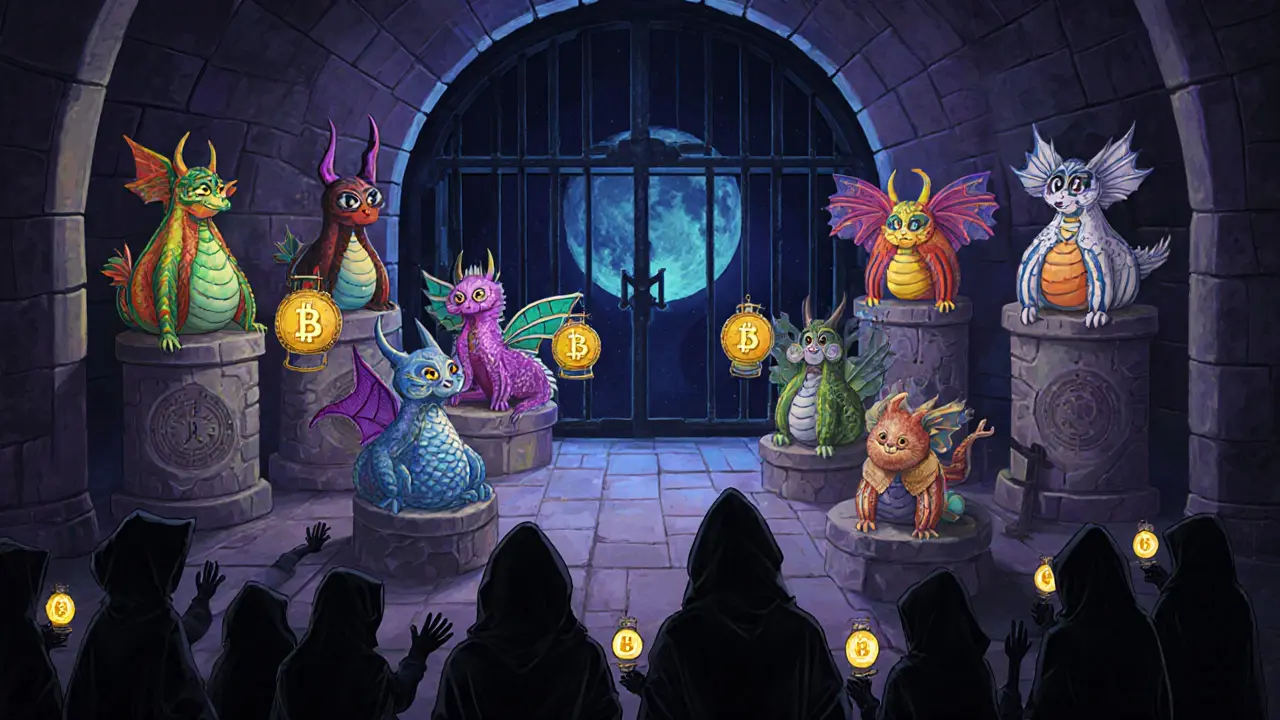
Was It Worth It?
If you were one of the 140 winners? Absolutely. You got something rare. Something tangible. Something tied to a project that was trying to do something different. If you didn’t win? You lost nothing but time. But you also missed a chance to be part of a tight group of early adopters.The project didn’t explode after the airdrop. It didn’t hit $1 billion market cap. But it didn’t vanish either. Lunar kept building. The NFTs? Still in wallets. Still collectible. Still a piece of crypto history.
Can You Still Get an LNR NFT?
No. The airdrop ended in January 2022. The application form is gone. The NFTs have been distributed. The official tweet is archived. There’s no way to claim one now.But here’s the thing: this airdrop set a template. Small. Selective. NFT-based. Community-driven. Other projects copied it. And if you’re ever in a similar situation-looking at a future airdrop-remember this: LNR didn’t give away tokens. They gave away status. And that’s what made it stick.
What Happened to Lunar After the Airdrop?
Lunar continued development on its DeFi platform, focusing on yield aggregation and cross-chain lending. The team stayed quiet after the airdrop, avoiding hype cycles. They didn’t chase listings. They didn’t pay influencers. They just kept coding. By mid-2023, their platform was live, and early NFT holders reportedly got priority access to staking pools. No public announcement. No fanfare. Just quiet execution.Today, the LNR token trades on a few smaller exchanges. The NFTs are mostly inactive on secondary markets. But if you still hold one, you’re holding proof that you were there when it started.
Was the LNR airdrop only for NFTs, or did it include tokens too?
The LNR airdrop was exclusively for 140 NFTs. No LNR tokens were distributed. This was unusual at the time, since most airdrops gave away fungible tokens. Lunar chose NFTs to create scarcity and build a core group of engaged users.
Could you enter the LNR airdrop more than once?
No. Each participant was limited to one entry. The Lunar team used wallet address tracking and social media analytics to detect duplicates. Multiple entries from the same wallet or same Twitter account led to automatic disqualification.
Did you need to hold any tokens to qualify for the LNR airdrop?
No. There was no token holding requirement. The only requirements were completing social media tasks and submitting a valid BSC wallet address. This made it accessible to newcomers who didn’t already own LNR or any other crypto.
What happened to the NFTs after distribution?
Winners received their NFTs directly to their BSC wallets. Some sold them on OpenSea and other NFT marketplaces for between 0.1 and 0.5 BNB. Others kept them as collectibles. There was no official utility announced at the time, but early holders later gained access to exclusive features on Lunar’s DeFi platform.
Is the LNR project still active today?
Yes. Lunar continued developing its DeFi platform after the airdrop, focusing on yield aggregation and cross-chain lending. The team avoided hype and stayed focused on product development. The LNR token is still traded on smaller exchanges, and the original NFTs remain in holders’ wallets as historical artifacts of early community-driven crypto projects.
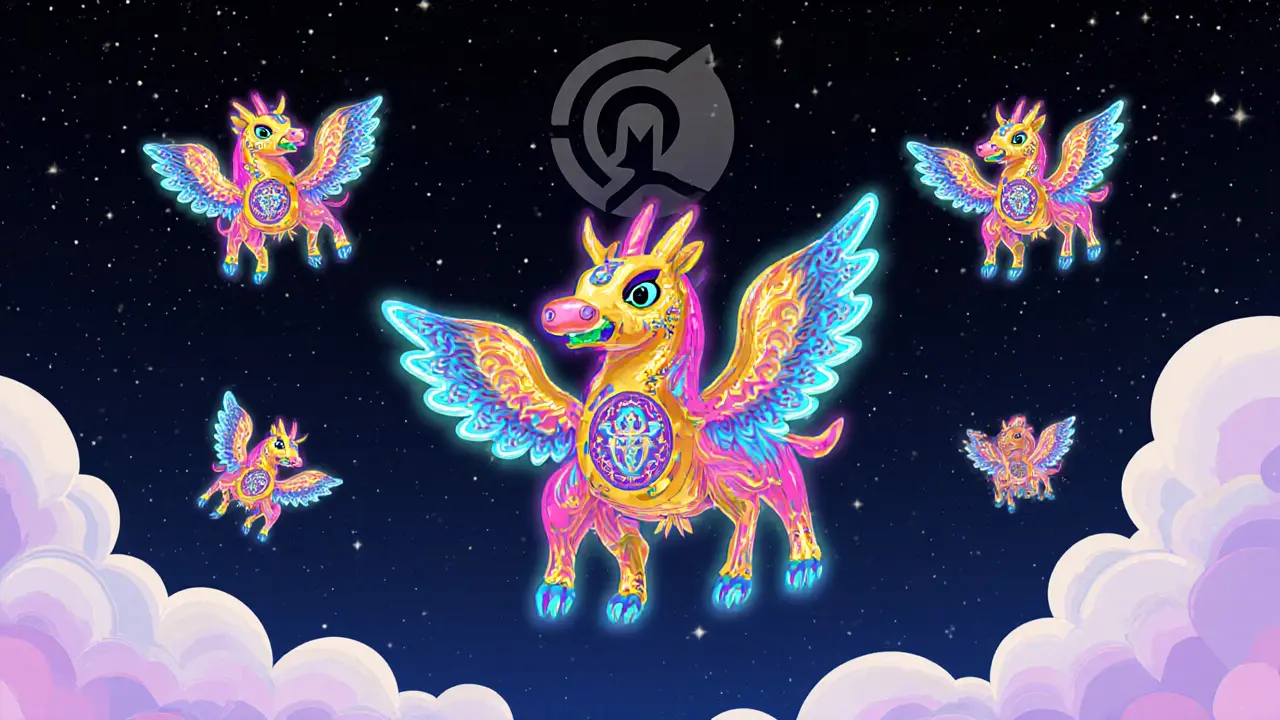
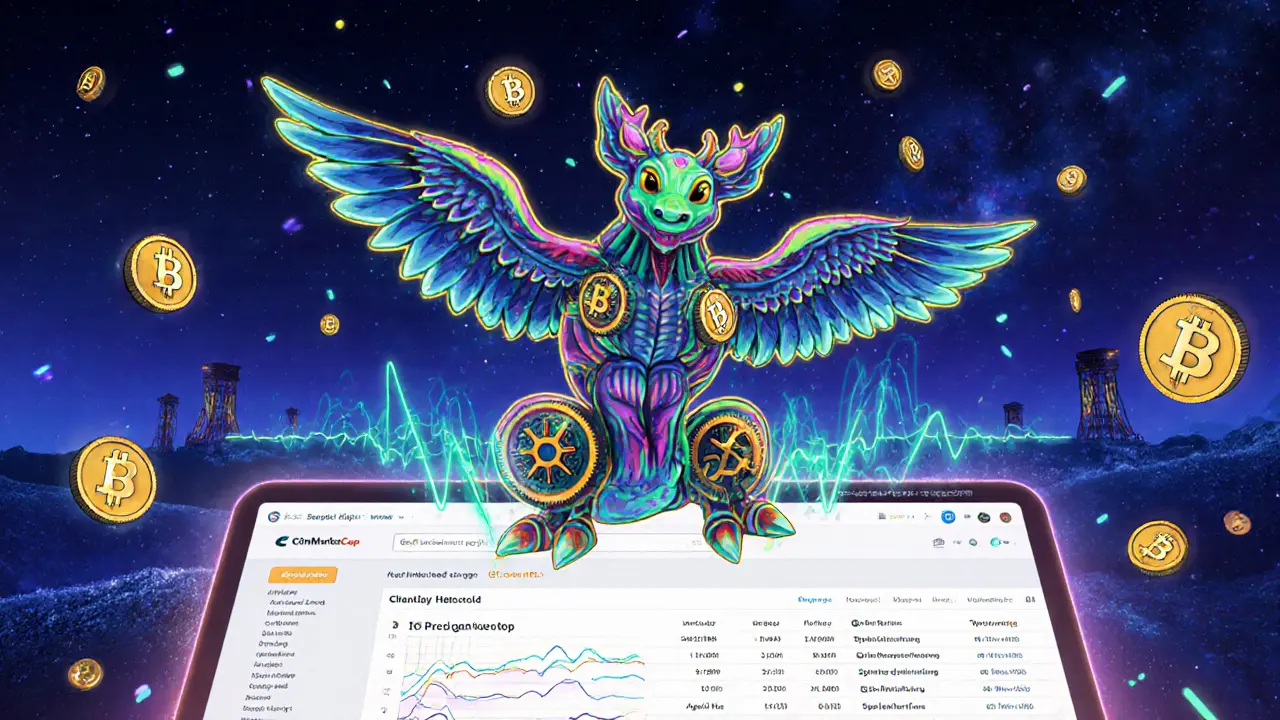
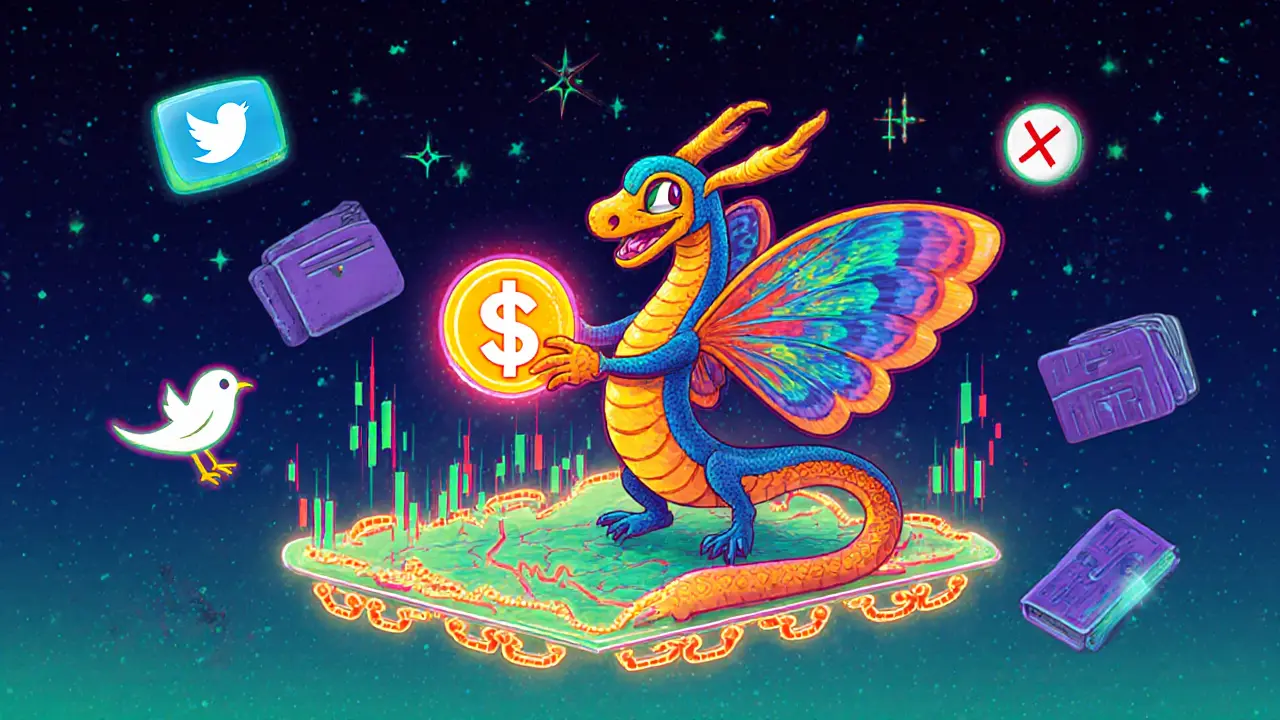
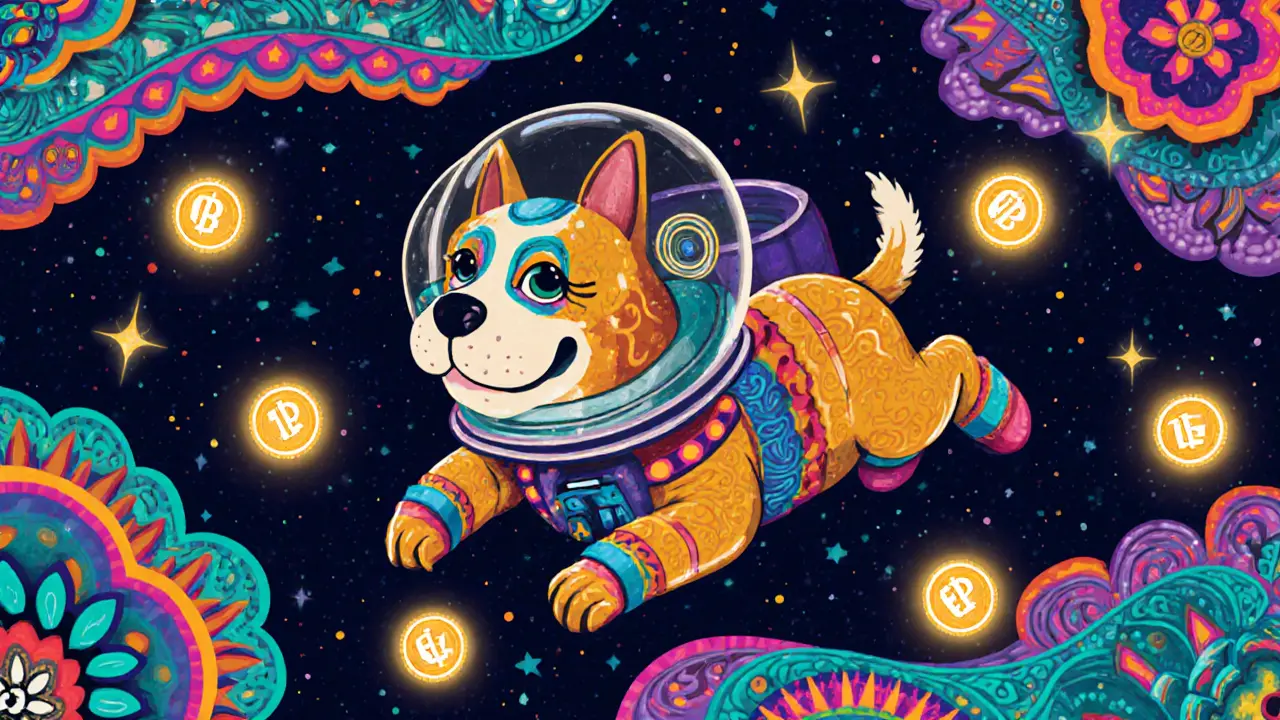





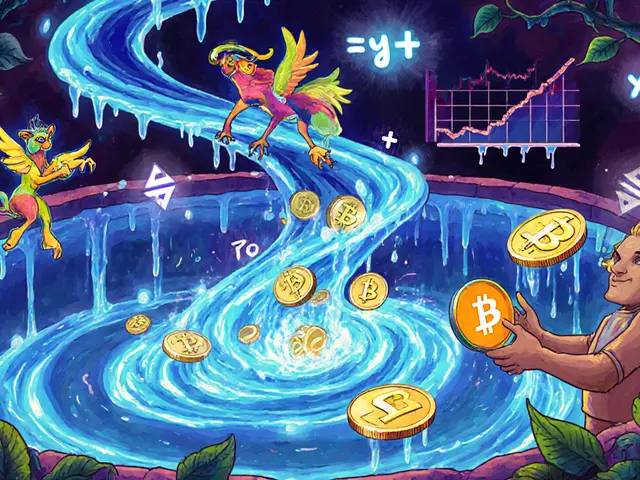
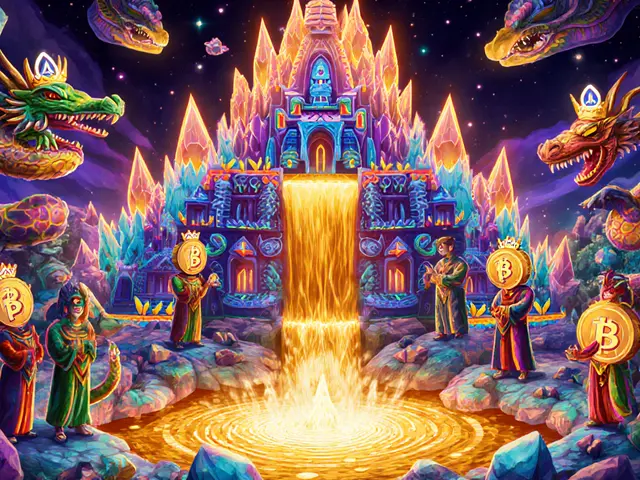



12 Comments
Man I remember this airdrop. I was just getting into crypto back then and thought it was wild that they didn’t give out tokens. Like why make people jump through hoops for an NFT? But now I get it - it wasn’t about the thing, it was about who got it. That’s the whole point of exclusivity.
140 people got lucky and now they think they’re crypto royalty
This is how you build real community - not by spamming wallets with free tokens, but by inviting a small group to be part of something meaningful. Most projects chase numbers. Lunar chased quality. That’s rare. And honestly? That’s what lasts.
Let’s be real - this was just a vanity play disguised as ‘community building.’ They knew most people wouldn’t bother with Telegram + retweet + BSC wallet setup, so they made it intentionally exclusionary to inflate perceived value. Classic psychological manipulation. And now they’re acting like it was some noble act? Please.
They didn’t give away tokens they gave away status and now everyone’s acting like they won the lottery. Meanwhile I’m over here with 3000 useless airdropped tokens and zero NFTs and still got more utility than these 140 people who just got a JPEG
I actually entered this. Got rejected. Turned out I retweeted but didn’t tag three people - thought two was enough. Didn’t even know they tracked that. I respect that they were strict. Most projects would’ve just let everyone in. But that’s why this felt real. Not many did it right back then.
What made this airdrop brilliant wasn’t just the NFTs - it was the constraints. BSC-only wallets eliminated the gas-hogging Ethereum crowd. No quote tweets ensured organic reach. Telegram activity filtered out sybils. This wasn’t a marketing stunt - it was a carefully engineered social experiment in community selection. Most crypto projects are lazy. Lunar was surgical.
The fact that they didn’t announce utility upfront was genius too. It forced holders to stay engaged, wondering what came next. And when staking access quietly rolled out months later? That’s when the real loyalty kicked in. No hype. Just execution.
Compare that to today’s airdrops where you get 0.0001% of a token just for signing up. No effort. No exclusivity. No identity. Just spam. Lunar didn’t want users. They wanted members.
And the CoinMarketCap hosting? That was the final touch. It gave legitimacy without needing a $10M marketing budget. They leveraged trust, not noise.
This is the blueprint. Not the NFT. Not the token. The process.
It’s funny how people act like they missed out on something huge. The NFTs didn’t do anything for years. The project didn’t blow up. But you know what? They didn’t need to. They built something quiet and real. That’s more than most can say.
140 people got a JPEG and now they think they’re special. I’ve got 5000 tokens from airdrops that actually trade. Who’s the real winner here? The guy with the NFT or the guy with the cash?
I didn’t get in either, but I still think this was one of the few airdrops that actually respected the people who showed up. It didn’t feel like a scam. It felt like a handshake. Like they were saying - if you care enough to do all this, you’re the kind of person we want to build with. That’s rare. I still respect that.
It’s pathetic how people romanticize this. They didn’t build community they built a cult. The NFTs were never meant to be useful they were meant to make people feel indebted. And now those 140 people are walking around like they’re chosen ones. The whole thing was performative exclusion disguised as merit.
Of course they chose BSC - it’s owned by Binance. This was never about community. It was a front for a pump and dump. The NFTs were just bait to lure in new users who would later be forced to buy LNR tokens when the price spiked. The silence after the airdrop? That’s when they started quietly accumulating. Watch the charts - the real game started in 2023. You think you won? You were part of the setup.